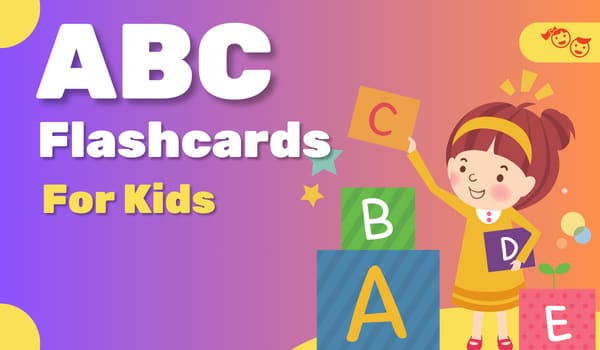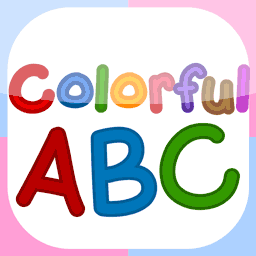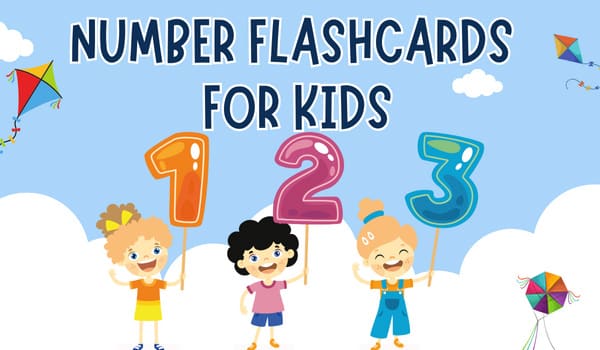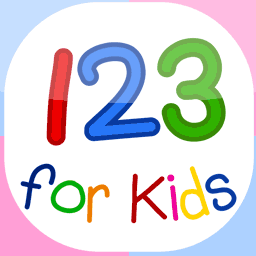Capture your little one’s imagination and get their tiny fingers ready for a world of learning, with our delightful tracing activities specially designed for preschoolers! This is not merely drawing; it’s the first step in their journey towards mastering handwriting and honing fine motor skills.
Tracing is more than just a fun activity for kids; it has significant benefits too. As they trace the dotted lines, children develop their pencil grip and hand-eye coordination. It also helps in improving their concentration and attention span. Moreover, tracing activities help young ones to recognize patterns and shapes, which are essential skills for learning letters and numbers.
What is preschool tracing?
Preschool tracing is an interactive activity that involves tracing or drawing over pre-determined lines and shapes. It is specifically designed for young children, particularly those who are in their preschool years. Preschoolers are at an age where they are still developing their fine motor skills, making tracing activities perfect to help them learn how to hold a pencil and draw basic shapes.

Why is tracing important for kids?
As mentioned, tracing helps in developing essential skills for handwriting and fine motor control. But that’s not all; there are other benefits to these simple yet engaging activities! Tracing also aids in the development of spatial awareness and spatial skills, important for understanding shapes, objects and even alphabets. It also promotes creativity and imagination, as children experiment with different colors and patterns while tracing.
Moreover, tracing activities are an excellent way to introduce young learners to letters, numbers, and words. As they trace the shapes or lines, they also learn how to form these symbols correctly. This is especially helpful for kids who have just started learning their alphabets or numbers.
What age is appropriate for tracing skills?
Preschool tracing activities are suitable for children between the ages of 3-5 years. However, every child is different, and some may show an interest in tracing activities at an earlier or later age. It’s important to remember that the main purpose of these activities is not to rush children into perfecting their handwriting but rather to foster a love for learning and improving fine motor skills.
Why is Tracing Not Developmentally Appropriate?
While tracing activities can provide several developmental benefits for children, it’s important to understand that they may not be developmentally appropriate for all children. Tracing tends to focus on mere replication, which could limit a child’s creativity and free expression. It prescribes a ‘correct’ way to form shapes, lines, and letters, leaving little room for individual exploration and innovation. When children are overly reliant on tracing, they might struggle to draw independently, which is a key component of artistic and cognitive development.
Furthermore, tracing can potentially be frustrating for children who are still developing their fine motor skills. If a child finds it challenging to follow the exact lines or shapes, it may lead to feelings of failure or inadequacy. Therefore, while tracing can be a useful tool in certain contexts, it should be balanced with other activities that encourage freehand drawing, creativity, and independent thought.
What is the best approach to preschool tracing?
The best approach to preschool tracing is to make it an interactive and engaging activity that allows children to learn at their own pace while having fun. Incorporate different types of tracing activities such as letters, numbers, shapes, and mazes to encourage fine motor skill development and creativity. It’s also crucial to balance tracing activities with opportunities for freehand drawing and creative expression to avoid limiting a child’s imagination and independence. Lastly, make sure to provide positive reinforcement and encouragement for your child’s efforts to build their confidence and love for learning.
What kind of tracing activities are suitable for preschoolers?
There is a wide range of tracing activities available for preschoolers, each with its own unique benefits. Some examples include:
Tracing letters and numbers:
This activity is a fantastic way to introduce children to the alphabet and numbers. They can practice forming each letter or number correctly by tracing over the dotted lines. It also helps them recognize different letters and numbers, which is an essential skill for reading and writing.
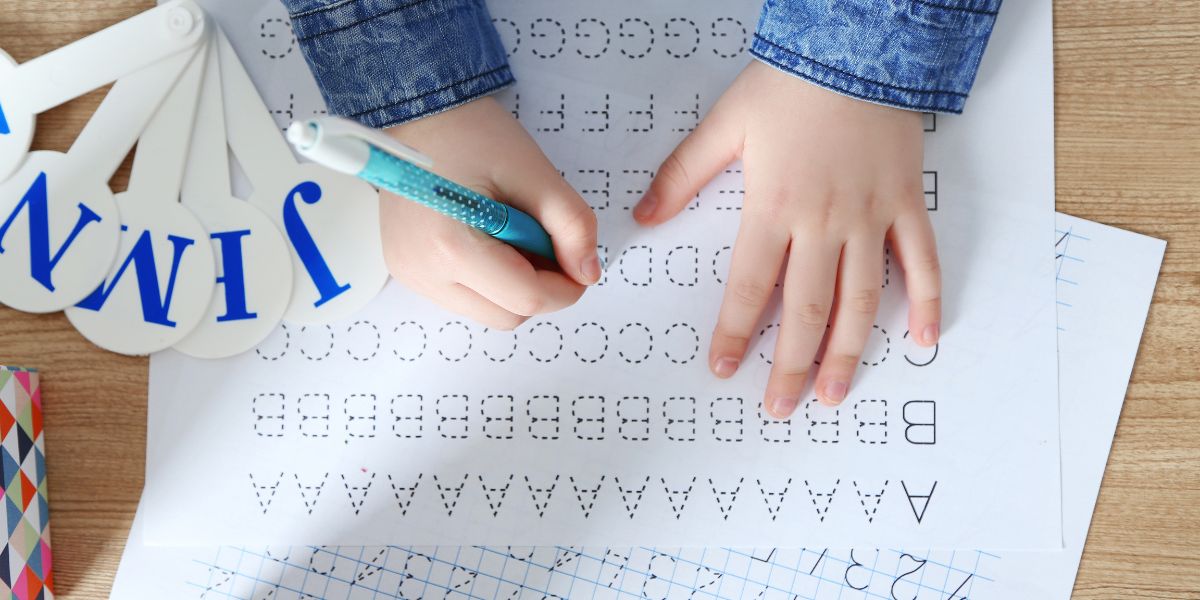
Tracing shapes and patterns:
Engaging in this activity has numerous benefits, including the development of spatial skills and hand-eye coordination. Children have the opportunity to trace various shapes and patterns, ranging from simple circles, squares, and triangles, to more intricate designs. By doing so, they enhance their ability to identify shapes in everyday objects.
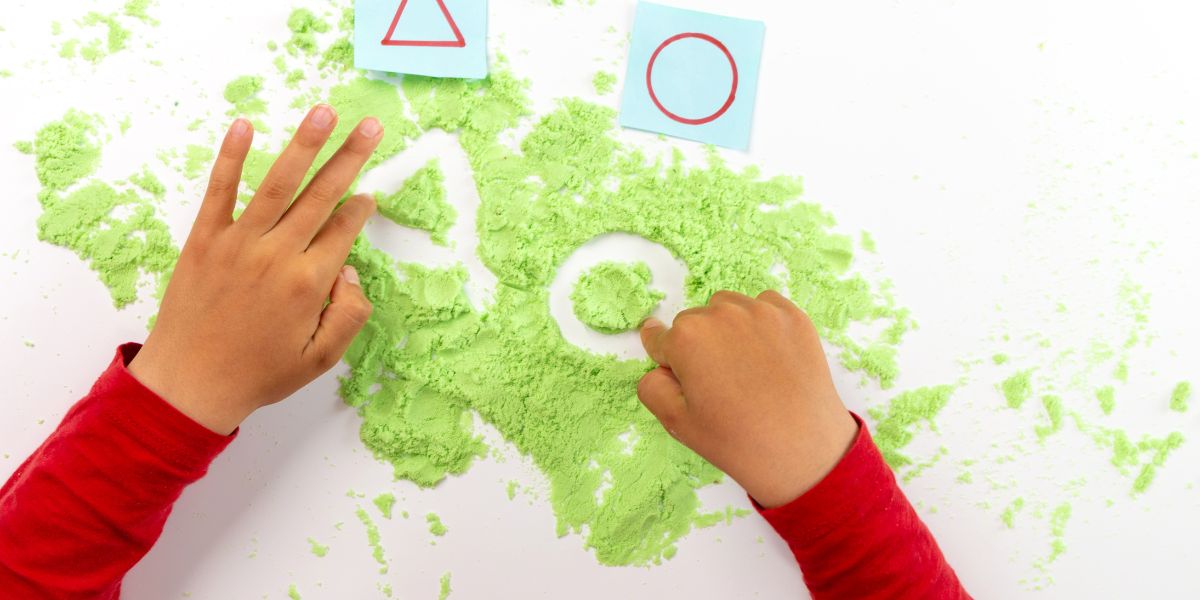
Mazes:
Mazes offer a fantastic opportunity for children to enhance their problem-solving abilities and hand-eye coordination. By navigating through the twists and turns of a maze, kids learn valuable skills in following paths and overcoming obstacles, all while enjoying themselves!
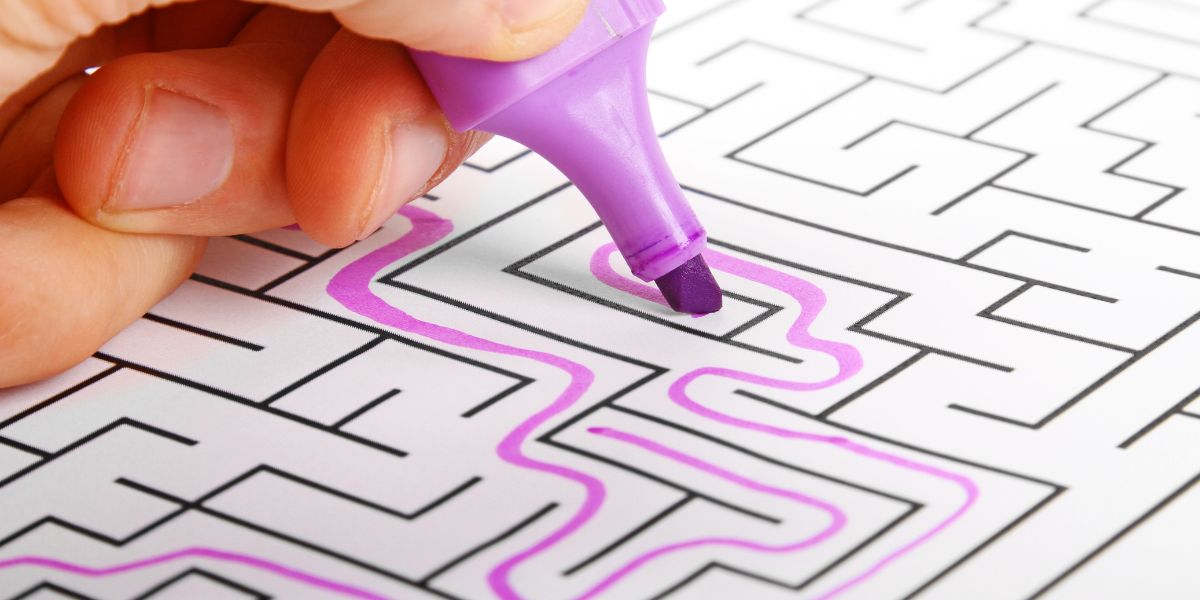
Names:
Customized tracing activities with a child’s name are an excellent way to make the learning experience more personal and fun. Kids can trace each letter of their name to improve their handwriting skills while also identifying letters in their name.
Final Verdict:
Tracing activities in preschool are a valuable tool for promoting fine motor skills, creativity, and learning. They can also be used to introduce children to letters, numbers, and shapes. However, it’s essential to balance these activities with opportunities for freehand drawing and creative expression. Every child is different, so let your little one enjoy tracing at their own pace and in their unique way, making learning a fun and enjoyable journey towards mastering handwriting and honing fine motor skills.

